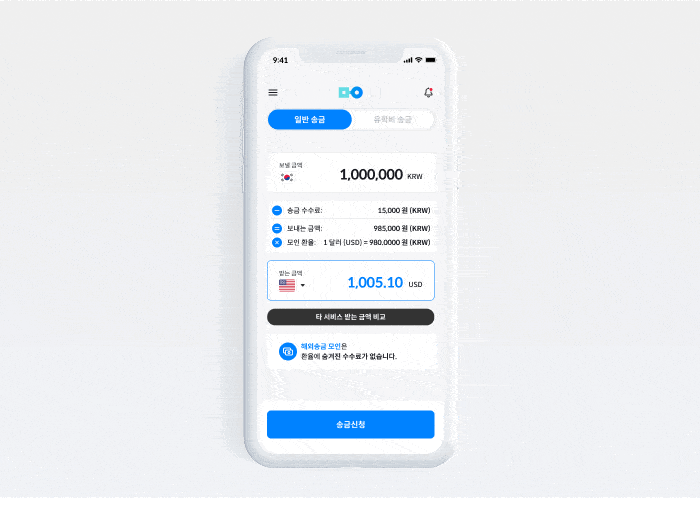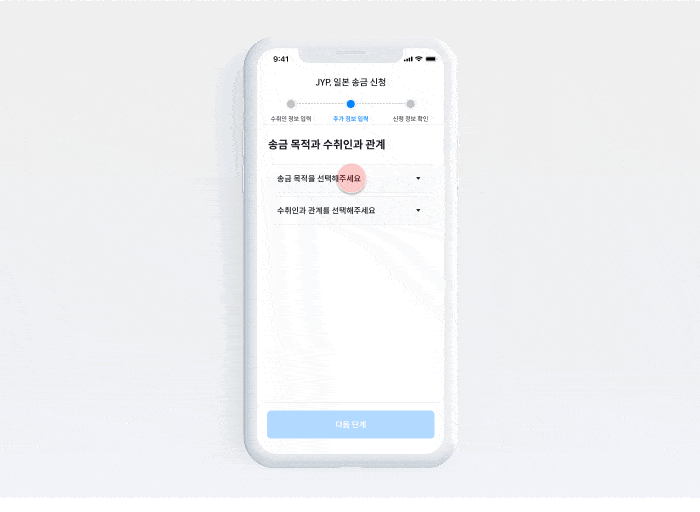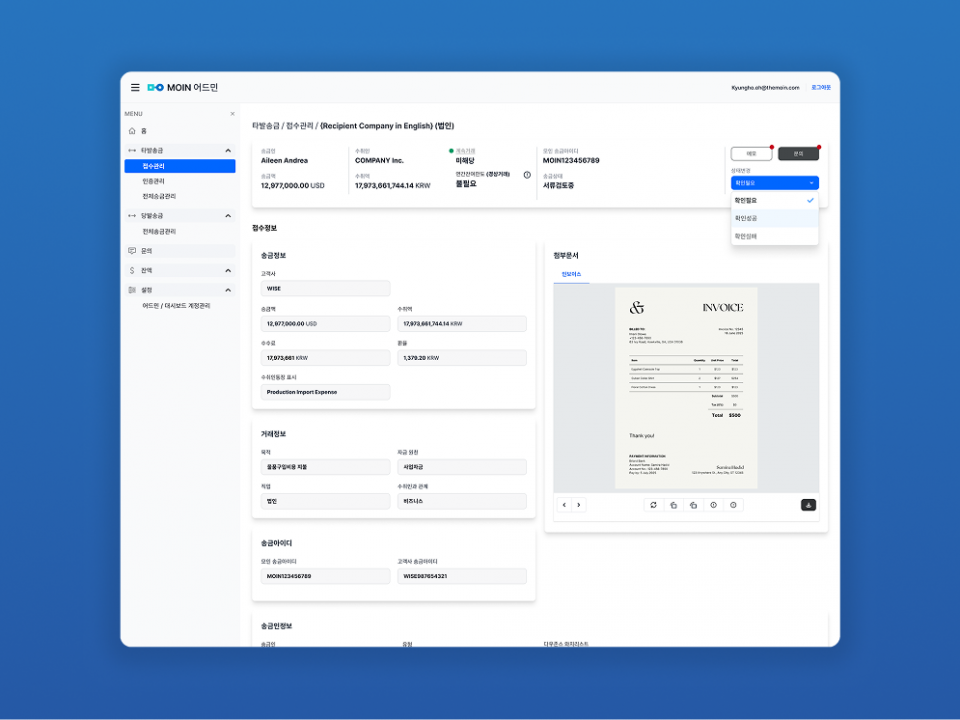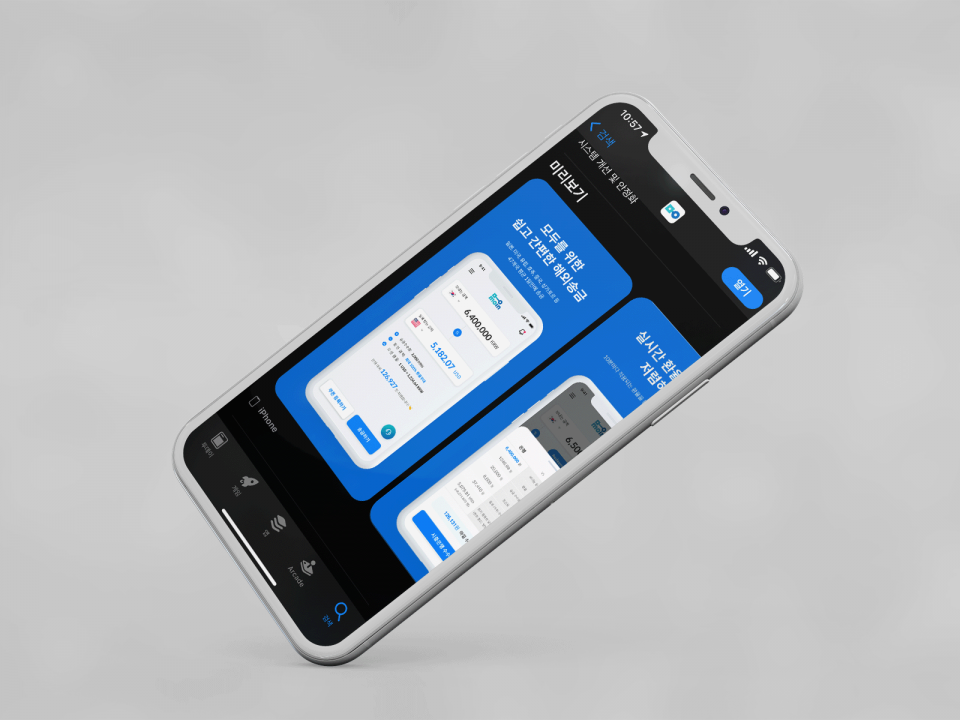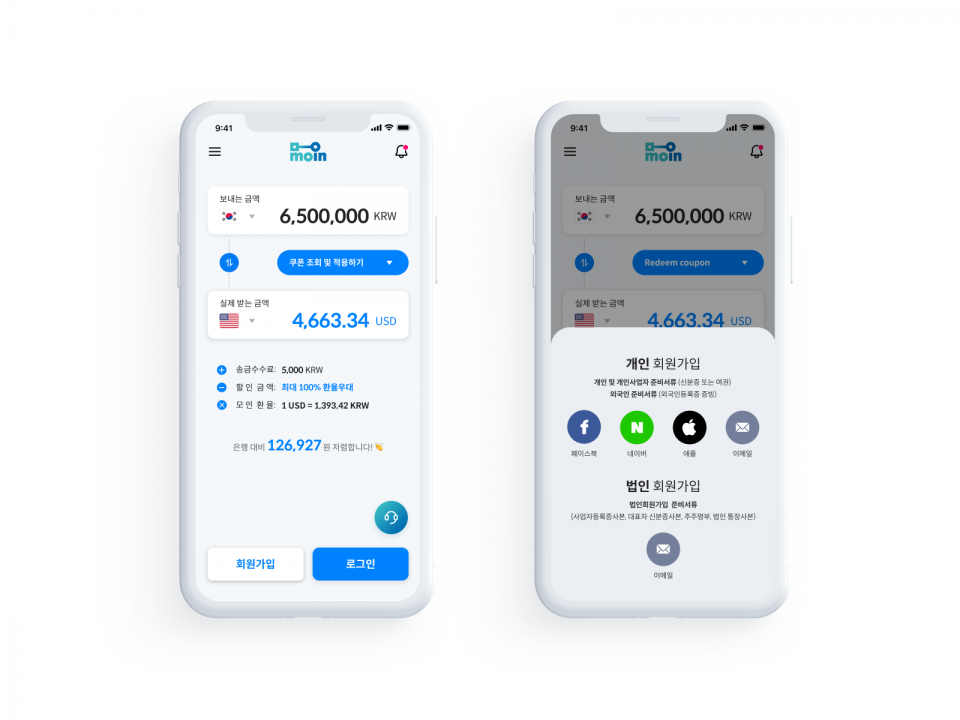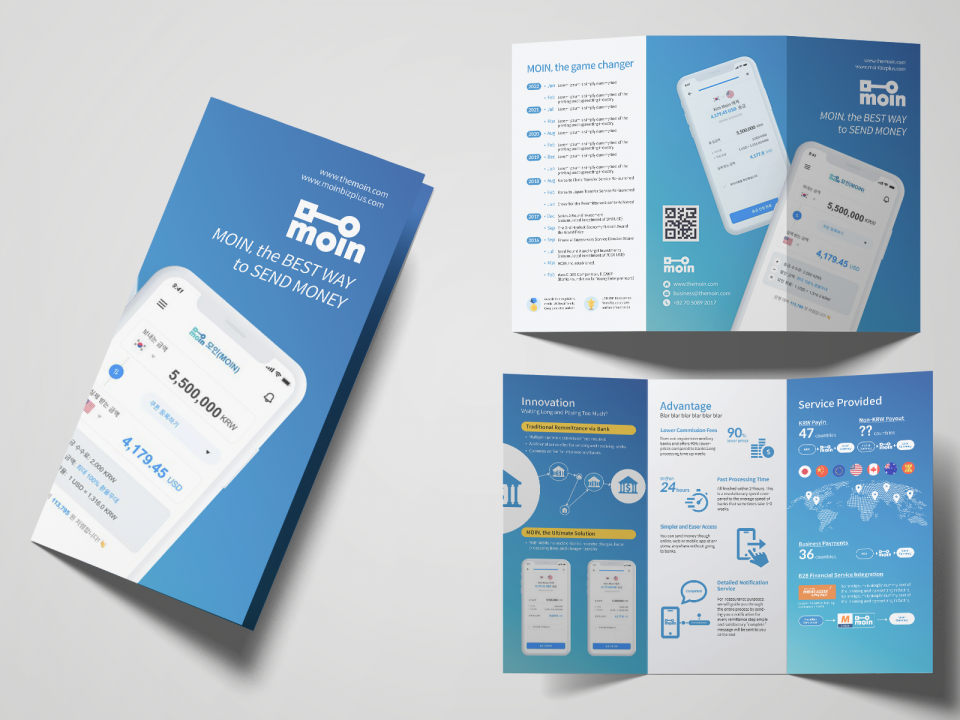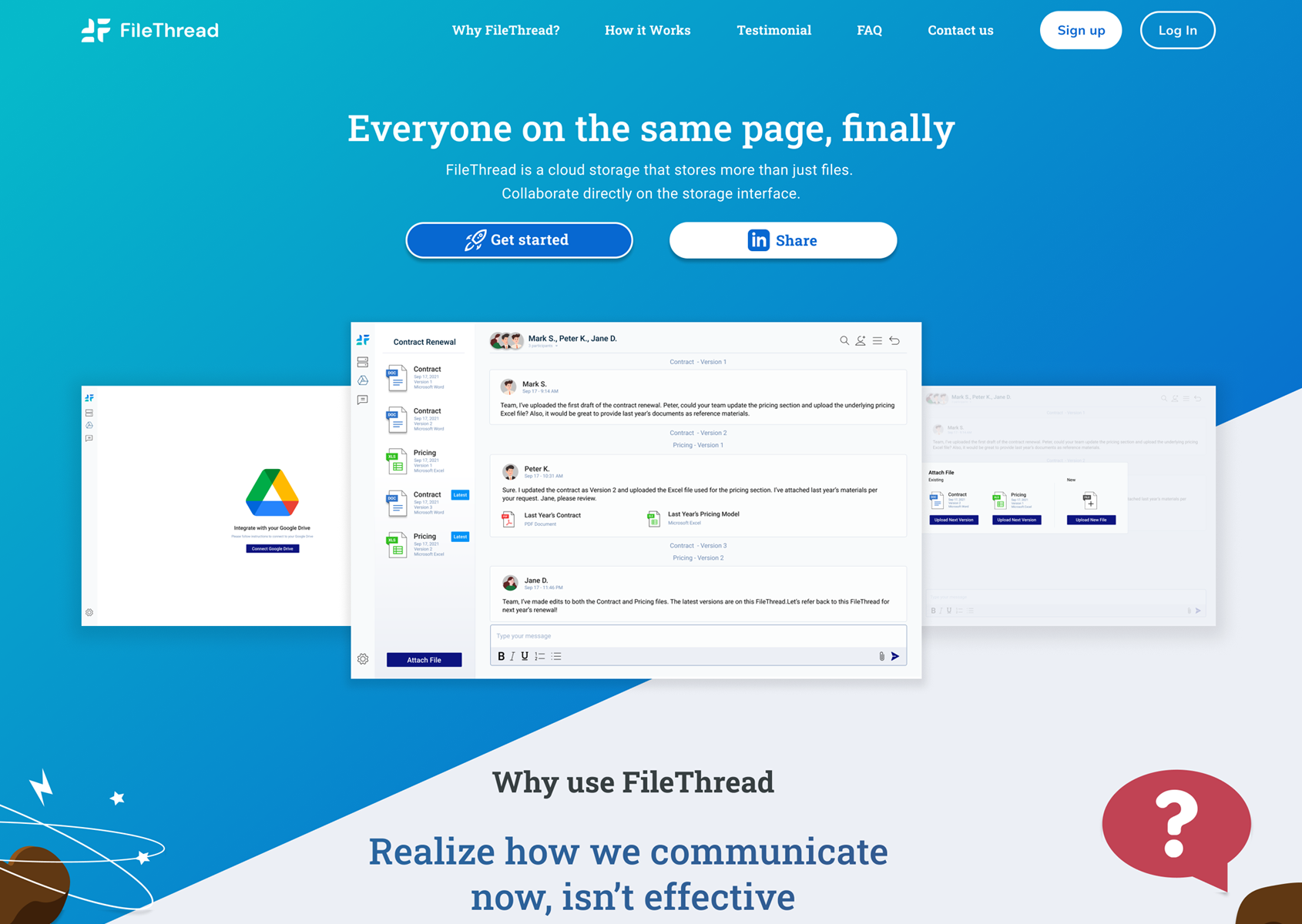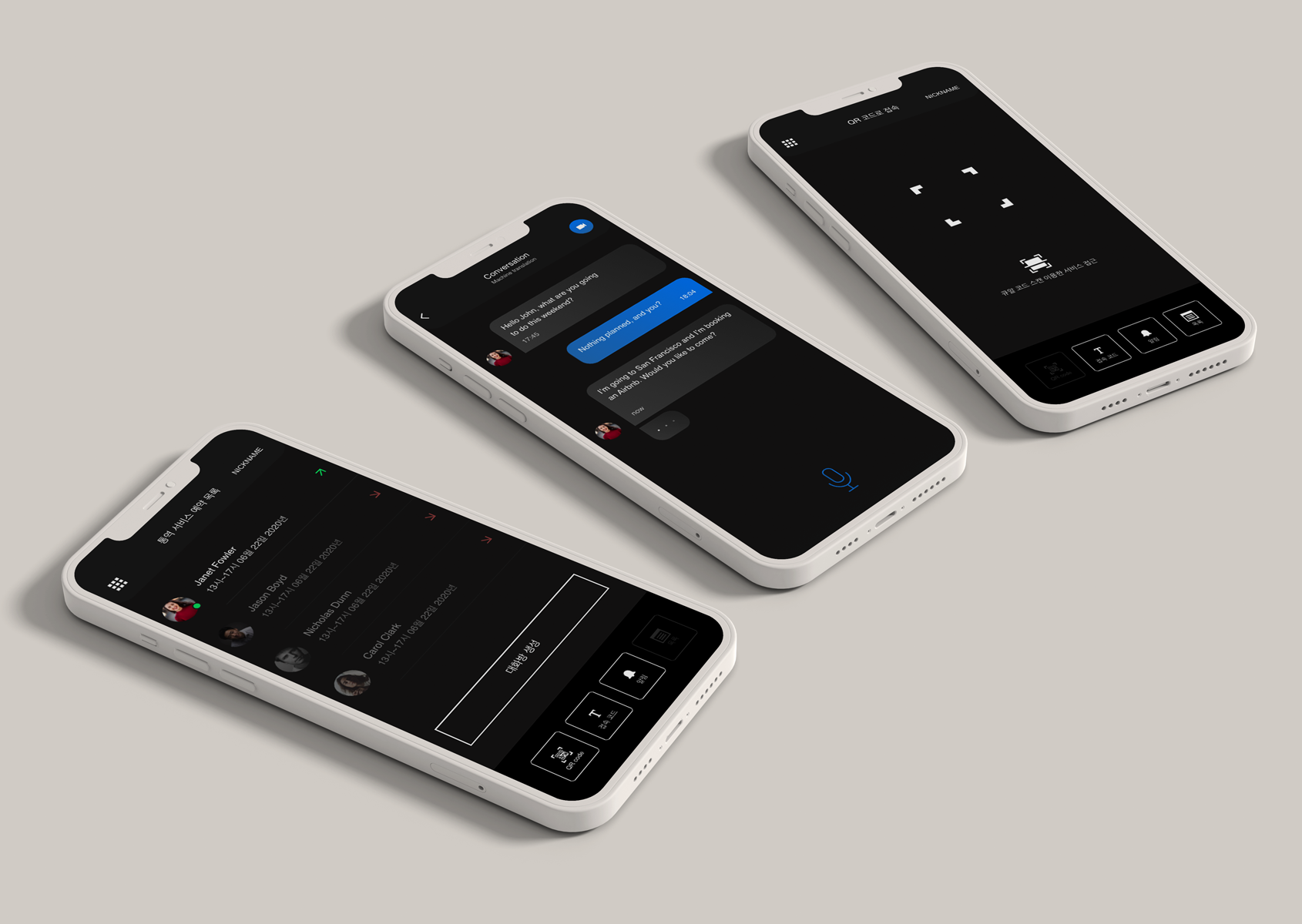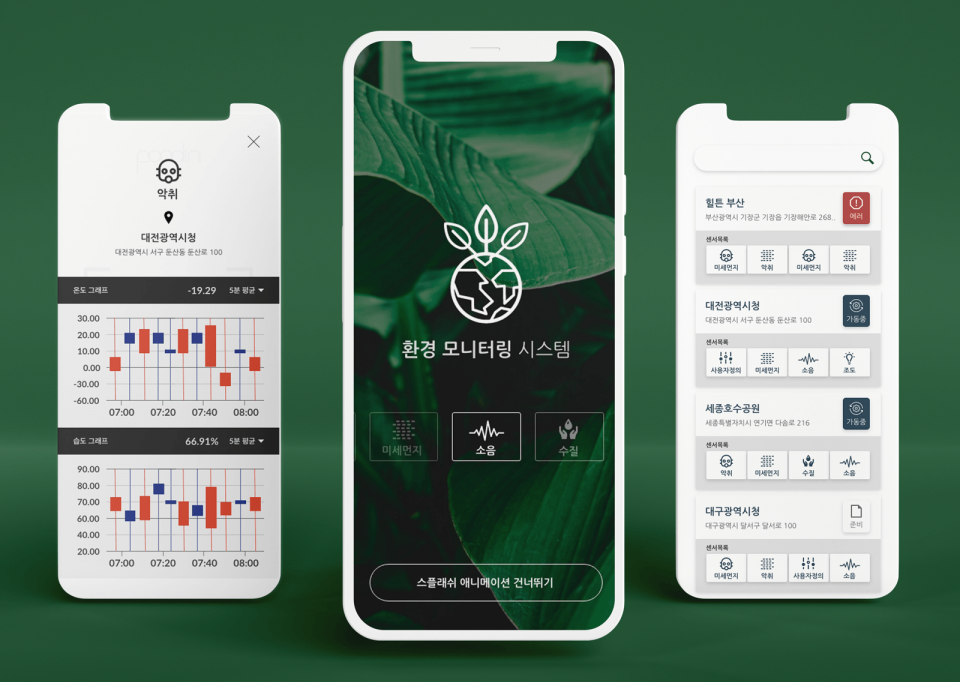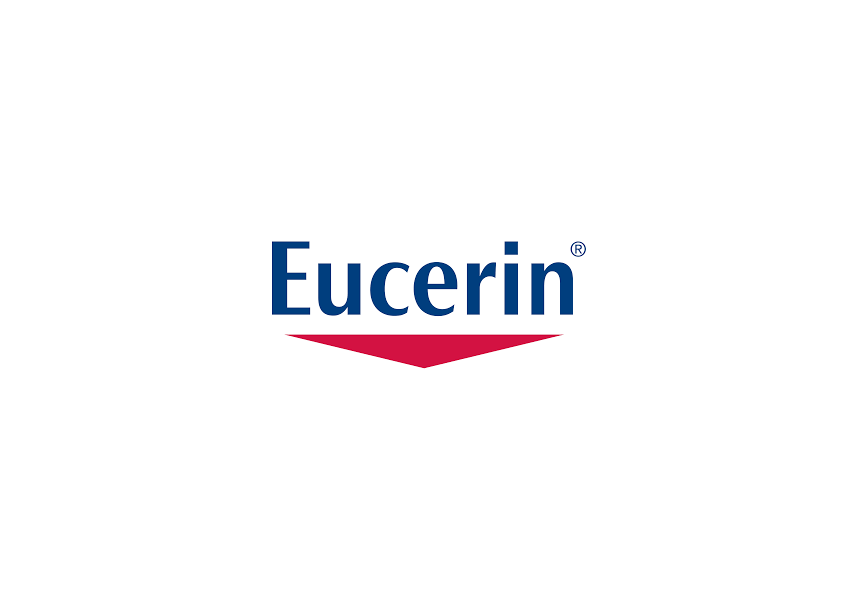
Overview
The partner responsible for local transfer requests has changed the fee and exchange rate policy for the currencies it manages. Causing the information structure to become complex and users’ understanding to decline. This led to decreased trust in the service and increased drop-off during the remittance process.
The challenge was to redesign the fee and exchange rate information into a simple and intuitive structure to restore trust and increase conversion rates.
Discover
Problem
Partner wanted the policy of MOIN changed. increased number of fee items + introduction of variable fees which presents as unit percentage (%) in the user interface → the result is to difficult for users to intuitively understand → negative (KPIs) indicators increased. Existed user Transaction 44% down, New user 7% down.
Unclear and complex fee and exchange rate presentation led to loss of trust and higher user drop-off.


Consumption
By providing simple and intuitive information about fees and exchange rates, you can restore user trust and reduce churn.
- Fee structures and exchange rate information are expressed as percentages, making them difficult to perceive. The problem needs to be redefined, focusing on "awareness" rather than “existence” of information.
- Although price competitiveness is achieved by applying the base exchange rate, this is not communicated, leading to user confusion.
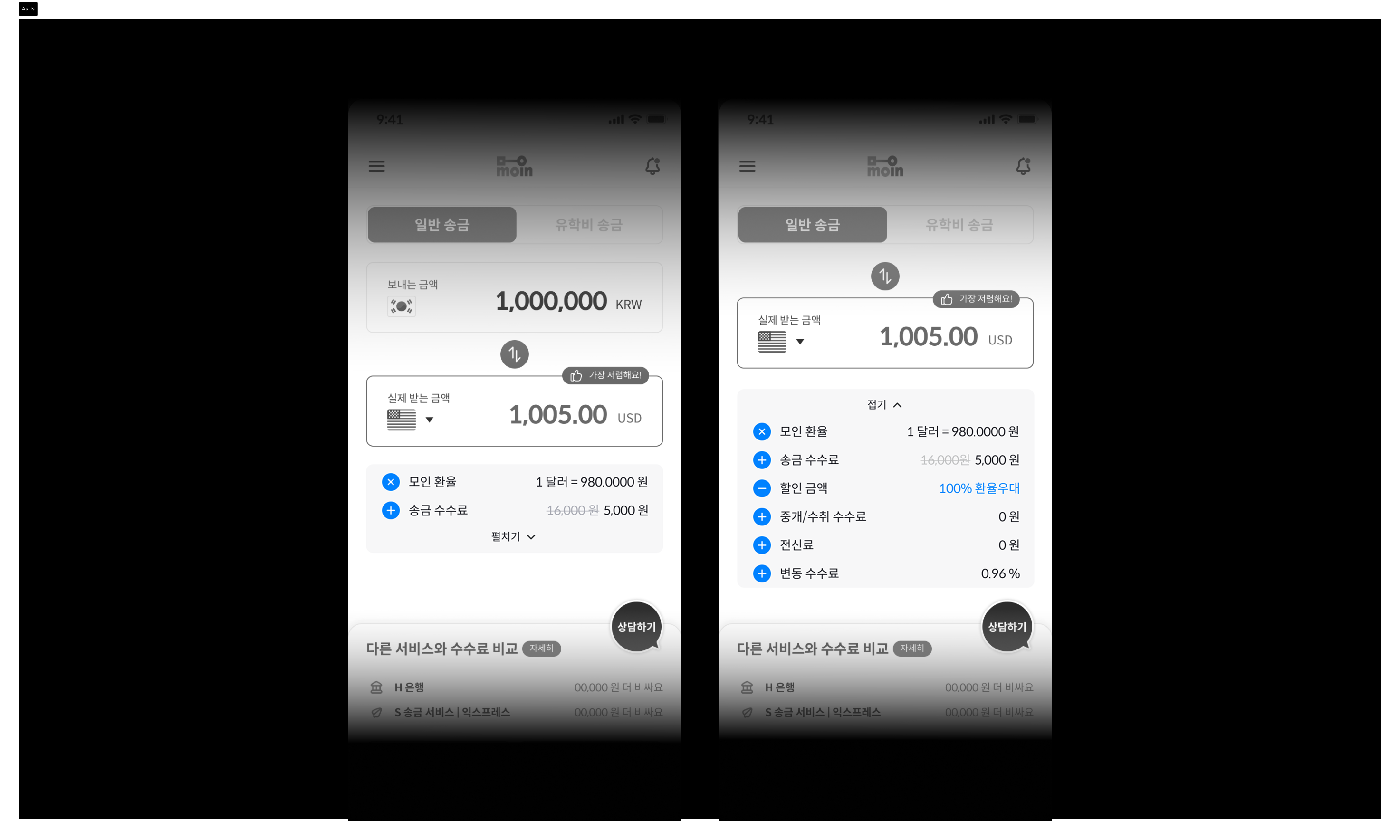
Define
The goal
Simplify fee structure, provide comparative exchange rate info, improve amount input UX. I expected to restore trust and boost conversion.
The solution
As MOIN’s design direction prioritises quick problem-solving and fast implementation, only a few solutions were considered as soon as we can apply. The two main design solutions applied were:
- Remove unnecessary fee items (e.g., telegraphic transfer fee, intermediary/receiving fees), consolidate variable fees into a KRW amount, and separate the base exchange rate from the comparison exchange rate
- Show only essential information on a single screen → drastically improved user understanding.
- Clearly communicate “no hidden fees” message.
- Improved price and exchange rate perceptio) → likely to restore trust.
- rison Information Feature Description: Show MoIn’s rates and fees compared to competitor services, allowing users to intuitively check remittance conditions based on either sending or receiving amounts (supporting both “amount to send” and “amount to receive” inputs). Highlight when MoIn offers better value.
- Shows price and exchange rate competitiveness quantitatively → highly persuasive.
- When MoIn is advantageous over competitors, conversion rate improves significantly.
Design

Outcome
The improved UX/UI significantly increased conversion by over 21 percentage points among existing users — confirming the effect of trust-based fee and exchange rate information presentation. However, the result was less significant for new users who had not yet developed brand trust.
| User type | Conversion rate from the previous user interface | Conversion rate from the improved user interface | Result |
|---|---|---|---|
| Exsisting user (Membership for more than a year, more than 6 transaction done) | 35% | 56% | +21%p |
| New user (Membership less than two months, Only first time transaction done) | 21% | 23% | +2%p (Judged as meaningless result) |
Retrospective
| Type | Summary |
|---|---|
| Understanding & improving low new-user conversion | Previous fee UI contained too many fields and caused confusion/distrust. We redesigned the structure to make fee components explicit so users can grasp the actual payable amount. Result: minor uplift; impact on new-user conversion was statistically insignificant. |
| Solutions balancing user value and business goals | Took a data-backed approach using competitive benchmarking. Faced legal/technical constraints on data collection & implementation; required analytics bandwidth. Approach remains viable with proper resourcing. |
| Collaboration & policy decision-making | Early stage lacked a clearly aligned policy direction, creating gaps between teams. Governance and shared decision artifacts are needed to reduce rework and ambiguity. |
| Role change to Platform team | Transition limited direct ownership of the project in the short term, but opened opportunities to standardize fee/rate logic at the platform layer and scale impact across products. |
Action Items for further improvement
| Type | Summary |
|---|---|
| Root-cause analysis for low new-user conversion | Address brand trust deficit and information clarity. Plan onboarding A/Bs and guidance improvements to raise first-session comprehension and reduce drop-off. |
| Improve FX rate & fee policy management | Build a unified handling layer in the GUI: calculation methods, rounding rules, labels & copy, localization rules, persistence/logging, and governance to keep UI consistent across products. Goal: consistent display of fees and effective rate, predictable edge-case handling, and easier policy rollouts. |
